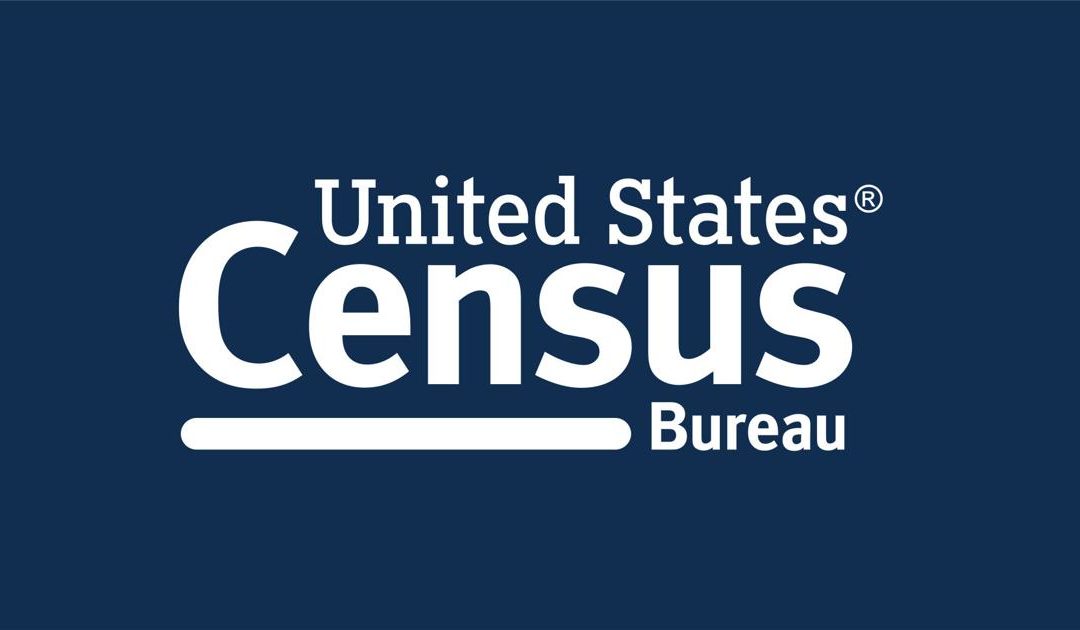A new door has opened as the Enid area is, once again, a micropolitan no more.
Reporting an increase of 1,300 people between 2010 and 2020 for a population of 51,308 people, Enid is now considered the principal city of a Metropolitan Statistical Area (MSA), according to the results of the 2020 decennial U.S. Census.
With just 3.9 positive percentage points, the city of Enid has reached a major milestone, officials say, despite being compared with much higher upticks seen in the state’s four largest cities.
“I think it’s a big deal,” Enid City Manager Jerald Gilbert said Friday. “The city’s growing, and that’s undeniable now and shown by the census results.”
Much of Oklahoma, such as Watonga in Blaine County, lost population as the state has reportedly become more urban and less rural over the last decade.
However, besides Blaine and Grant counties, most of Northwest Oklahoma saw single-digit population changes from 2010 to 2020.
Annual census projections from 2019 had otherwise put Enid still slightly below the line, at 49,688 population.
‘A breaking point’
With the new MSA status comes new privileges for Enid.
State and federal departments and agencies use the decennial census data as a critical input to either allocate funds or determine eligibility for myriad support programs ranging from medical assistance, economic development or aid, housing, food and community development.
Gilbert said, for example, the Enid Public Transportation Authority would now be eligible for the four-year metropolitan area transit grant from the Federal Transit Administration, rather than solely relying on funding from the state’s Department of Transportation.
Lisa Powell, who heads the Enid Regional Development Alliance, said 50,000 people has often been the “breaking point” for eligibility for those programs, several of which the ERDA would now get to distribute.
Powell said major businesses also often decide whether to open new locations in cities based on the metropolitan distinction.
“Enid has been on that trajectory for 10 years for businesses coming to Enid,” she said. “I think we’re getting to a critical mass that people are beginning to recognize the change.”
The Supplemental Nutrition Assistance Program (SNAP) and the Special Supplemental Nutrition Program for Women, Infants and Children (WIC) are two of the largest federal human services programs affected by census numbers.
The latter, allocated statewide, provides benefits for lower-income residents to buy food. Amounts are based on the size of household, income and allowed expenses.
In 2018, around 28,000 households in Oklahoma’s Third Congressional District received SNAP, according to the United States Department of Agriculture in 2020.
The Garfield County Health Department had an average monthly caseload of 2,100 families, though with the COVID-19 pandemic, that number has dropped to about 1,400 every month, said Maggie Jackson, community engagement director for District 2 county Health Departments.
Those eligible for SNAP, SoonerCare (Medicaid) or TANF (Temporary Assistance for Needy Families) are also automatically eligible for WIC.
Jackson said WIC, Title X and SoonerStart are federal programs that support several Health Department staff and are allocated based on population.
Other aid programs allocated locally include the national school lunch and breakfast programs.
A return to status
The census announcement marks Enid’s return to being the principal city of a metropolitan area after 30 years.
The city first reached the 50,000 population mark in the 1980 census before a reported decline by the ’90s kept it under the surface for the next three decades’ worth of data collection.
Powell said she and others helping with the census reporting were frustrated with the 2010 count just missing that population mark. She attributed this to Oklahoma’s historically lower-than-average response rate.
“The higher our response rate, the more accurate that number is,” she said.
In the wake of the late-’80s oil industry bust in Enid, Stephanie Morgan said, the city’s population dropped significantly to around 45,000.
Despite this fall from metropolitan grace, Enid has long been able to receive and distribute funds from the Community Development Block Grants because its population has hovered near the metropolitan mark since first receiving CDBG grants in the 1990s, said Morgan, the city’s CDBG office director.
For the same reason, ERDA is already distributing a metropolitan-specific grant by the U.S. Department of Agriculture meant for rural businesses located outside a metropolitan area.
Cities eligible for the CDBG entitlement grants from the U.S. Department of Housing and Urban Development include principal cities of MSAs, other metropolitan cities of at least 50,000 population and qualified urban counties of at least 200,000 population.
These entitlement communities receive annual CDBG funding directly from the federal government — hundreds of thousands of dollars each year are then spent on requests from community programs or activities, construction projects or energy conservation efforts.
“Which I really like, going through (the federal government), because it’s just cut and dry,” Morgan said.
Each activity must meet one of the following objectives for the program: Benefit low- and moderate-income persons, prevent or eliminate slums or blight, or address community development needs having a particular urgency.
The city of Shawnee, though smaller than Enid, also receives CDBG funding as an entitlement community. Oklahoma’s also include Tulsa city proper and Tulsa County, Oklahoma City, Moore, Edmond, Midwest City, Lawton and the state of Oklahoma.
Enid’s CDBG office also oversees the Emergency Shelter and HIV Emergency Relief Project grants, amounts for both of which are also determined at the federal level.
The Community Development Support Association then oversees administering HOME grants for decent and affordable housing and the emergency shelter grants.
Article by: Alexander Ewald, Enid News & Eagle 8.15.21
Kelci McKendrick contributed to the story

